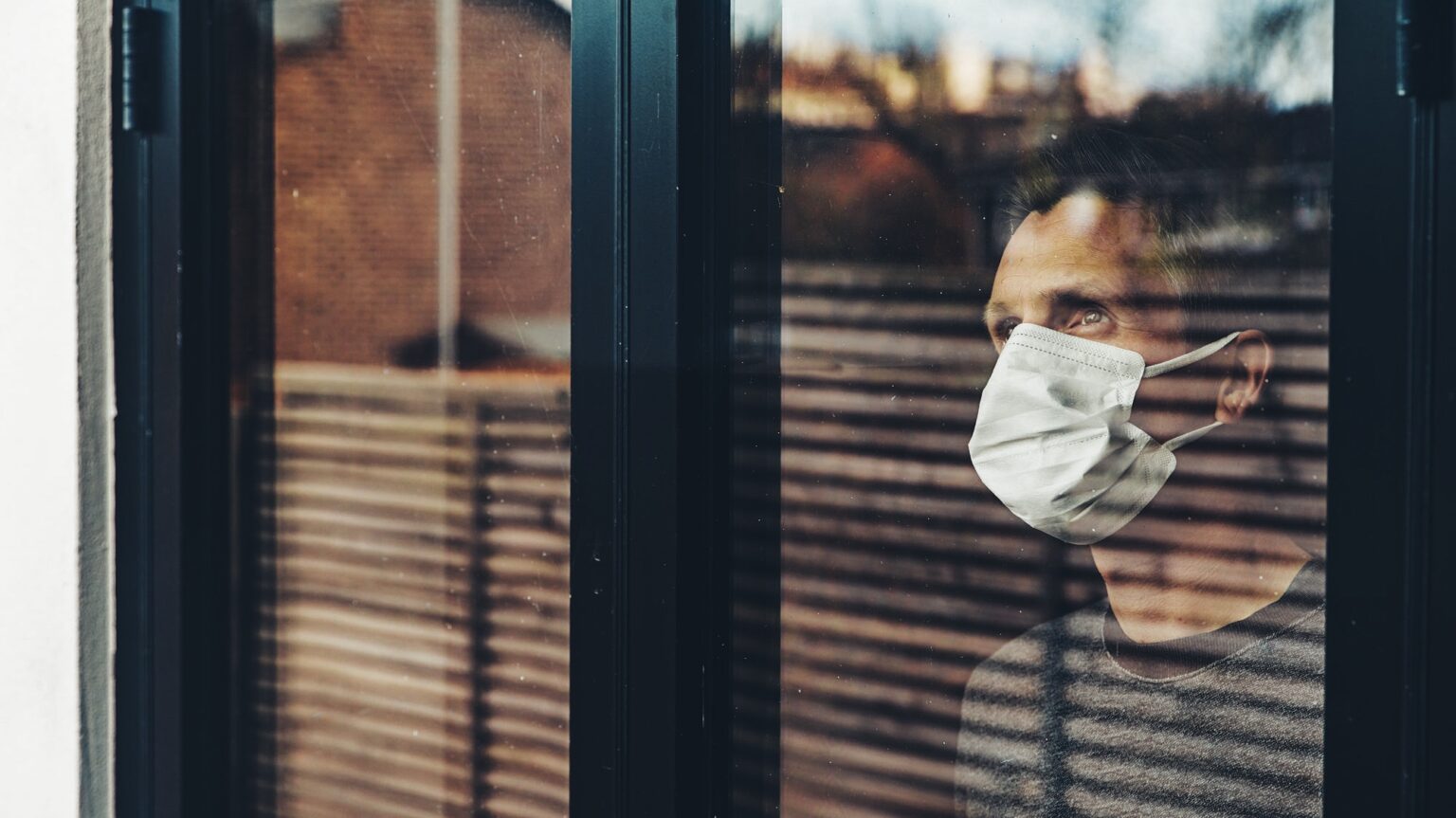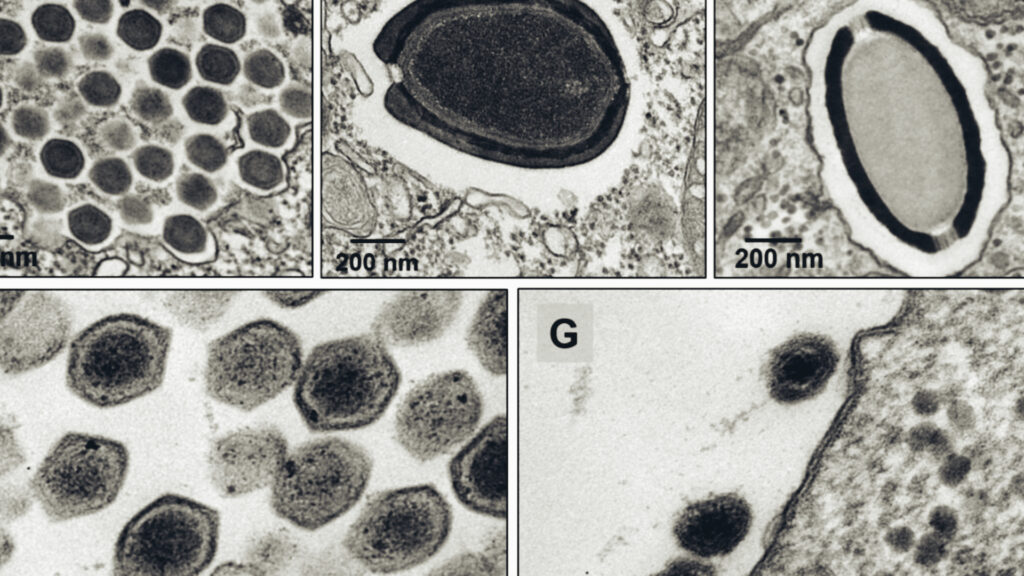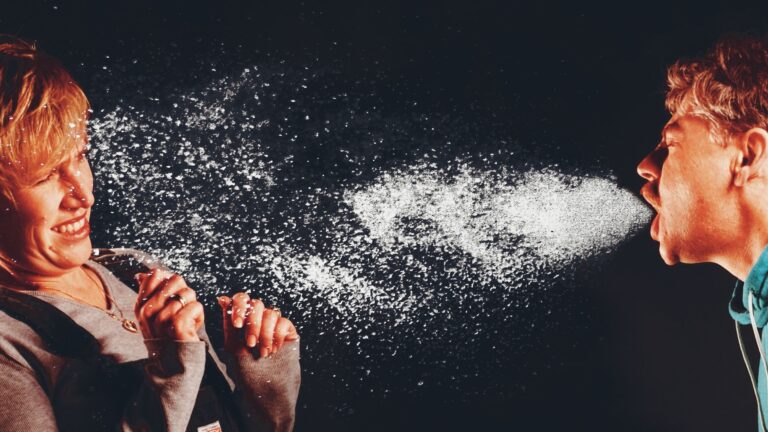Virus isolation is the process of separating a virus from other components and growing it in a controlled environment, such as a laboratory.
This technique allows scientists to study the virus, understand its characteristics, and develop diagnostic tests, treatments, and vaccines.
The process of virus isolation involves several steps.
- A sample is collected from an infected individual, such as a blood sample, respiratory secretions, or tissue biopsy.
- The sample is treated to remove any unwanted substances, like cells and debris, leaving behind the virus particles.
- The isolated virus is then introduced to a suitable host cell, where it can multiply and replicate.
However, these steps have never happened in reality.
More specifically, SARS-CoV-2 – or any virus – has never been isolated and, as a result, shown to exist.
Viruses are much smaller and structurally simpler than bacteria, making them impossible to isolate using traditional microbiological techniques. Unlike bacteria, which can be grown on artificial culture media, viruses require living host cells to reproduce, which complicates the isolation process.
Viruses often have a narrow host range, meaning they can only infect specific species or cell types. This adds to the challenge of finding suitable host cells for viral growth in the laboratory. Without appropriate host cells, viruses cannot be isolated.
Alec Zeck put together The End Of Covid, which is a type of online course consisting of over 100 hours of interviews, discussions, presentations and so on, covering viruses, contagious diseases, causes of illness and more.





